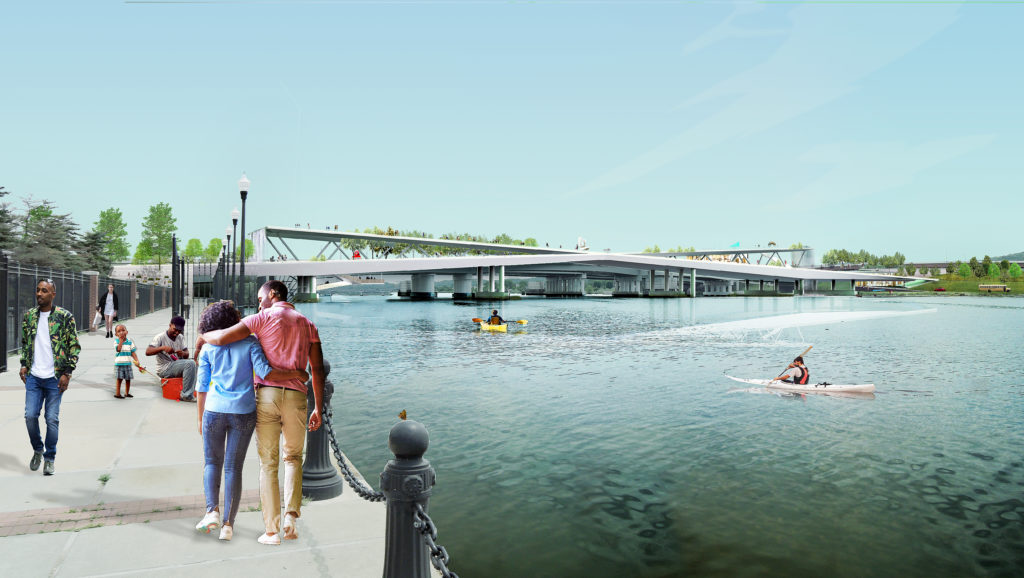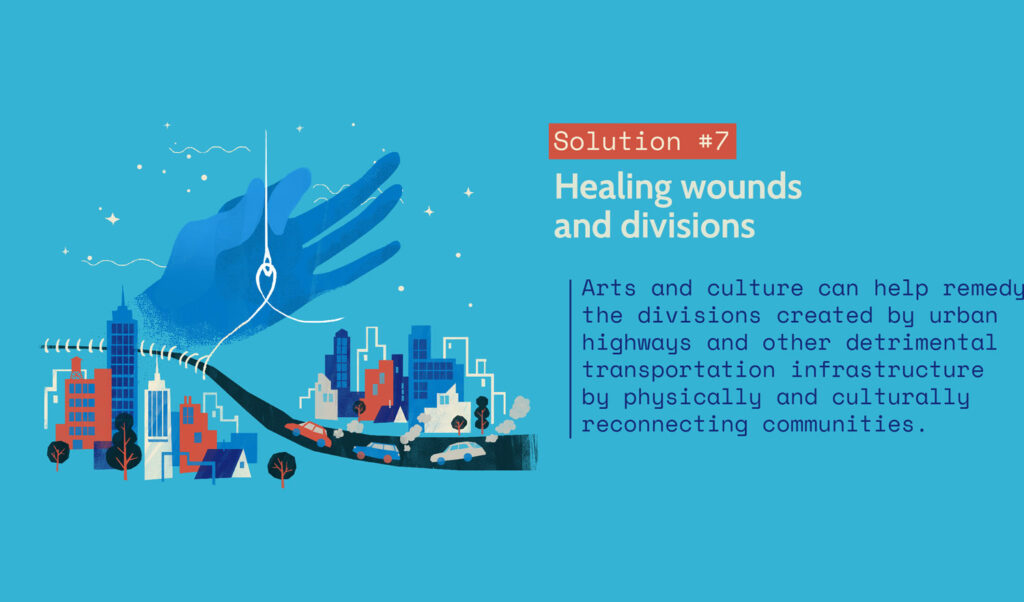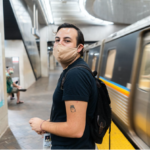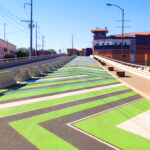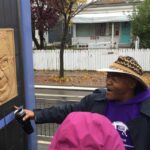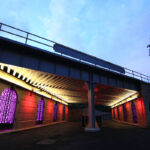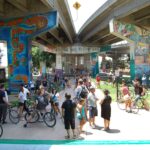An infrastructure reuse that will soon create a new world-class destination park, provide a new pedestrian connection across the Anacostia River, and support neighboring residents to ensure that they will be able to stay and thrive along with the new park.
The Challenge
While DC is often associated with the Potomac River, the city was founded at the confluence of two rivers: the Anacostia and Potomac Rivers. The Anacostia riverfront, which is lined with parks and recreational amenities, is one of the longest urban waterfronts in the country. On the west side of the river, new development includes Nationals Park, boutique hotels, condos, and top restaurants. The east side of the river, which includes Wards 7 and 8, is considerably less dense and has seen less development in recent years. Separated by the river and Interstate 295, Wards 7 and 8 have been geographically isolated from the rest of the city for generations, and have recently become the last portion of DC that remains majority Black (DC’s residents were majority Black as recently as 2015). Ward 8, on the east side of Anacostia River, is more than 93% Black, as compared to DC as a whole, which is now approximately 50% Black.1 Recognizing the significant rift that the Anacostia River has caused across DC, as well as the opportunity to create DC’s first elevated park, Building Bridges Across DC has been working to develop the 11th Street Bridge Park for nearly a decade.
The Project
In the spirit of New York’s High Line, Philadelphia’s Rail Park, and Chicago’s 606, the 11th Street Bridge Park will create a new elevated park and pedestrian connection using outdated transportation infrastructure. Rather than repurposing rail infrastructure, the 11th Street Bridge Park will use the remaining piers of the old 11th Street bridge, which has been rebuilt nearby. When complete – estimated to be in 2024 – the park will feature “an outdoor performance space, playgrounds for all ages and abilities, fruit orchards, classrooms to teach students about river systems, and kayak and paddle boat launches on the river below.”2 The park will also create a new pedestrian connection between Capitol Hill and the stadia to the west of the river and Anacostia and the National Park Service’s Anacostia Park on the west side of the river.
The 11th Street Bridge Park became a formal project in 2013 after about two years of conversations between the DC Office of Planning and community members in Ward 8. The effort and the staff behind the Bridge Park were officially housed within an existing nonprofit based in Ward 8, Building Bridges Across The River, who, according to the Bridge Park’s director Scott Kratz “had been focused on metaphorically bridging the river, and then became focused on physically bridging.” Kratz also noted the importance of having the Bridge Park aligned with an organization based east of the river, which helped build trust with residents of Ward 7 and 8.
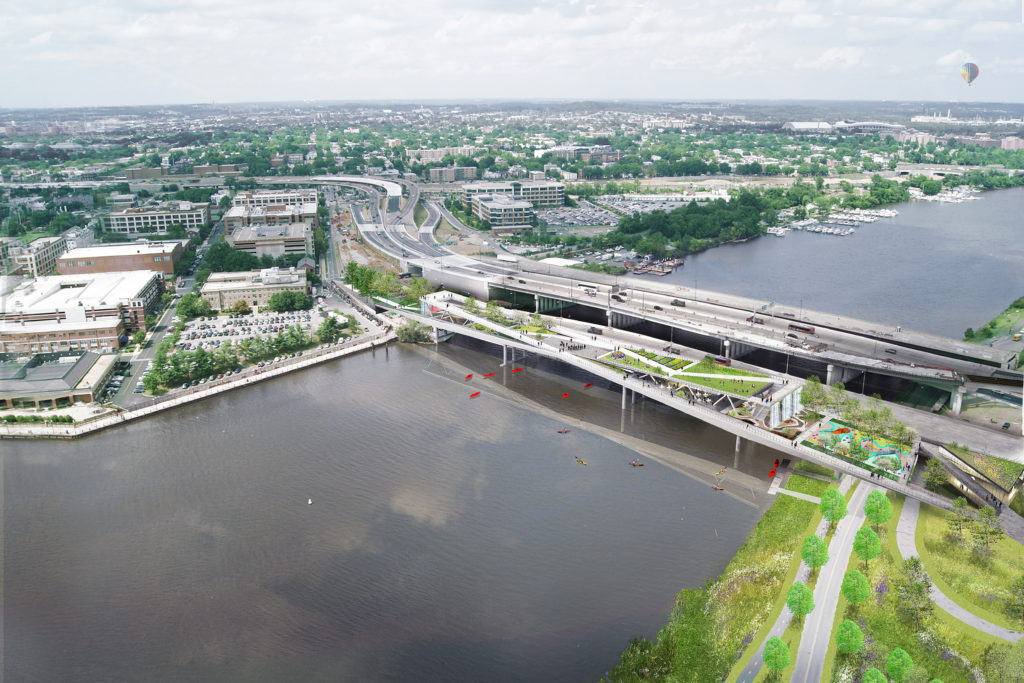
The nearly ten years between the project’s inception and it’s anticipated groundbreaking in 2022 are intentional; community involvement and an holistic approach to design and development have both been key components of the project, which has required the project team to take an organic approach that is not always directly linear. A key component of this approach is the Bridge Park’s Equitable Development Plan, which focuses on the one mile area surrounding the park. The Equitable Development Plan’s goal is “to ensure that the park is a driver of inclusive development—development that provides opportunities for all residents regardless of income and demography. The Bridge Park’s design strategies will increase connectivity between those living on both sides of the Anacostia River, but more must be done to ensure that residents and small businesses nearby will continually benefit from the success of this signature new civic space. To achieve this goal, the Bridge Park staff worked with community stakeholders to create an Equitable Development Plan in 2015, that was updated 2018.”3
The Results
This plan led to substantial investments in the neighborhoods to the east of the future park. The project team has trained 46 community members in Community Leadership Workshops; loaned more than $650,000 to small businesses in Wards 7 and 8; spent nearly $34,000 on artist fees and products from Black DC artists in 2020; placed 70 residents in Wards 6, 7, and 8 in jobs; helped 85 Ward 8 residents become homeowners; and invested $2.6 million in a community land trust, among countless other investments. By conceiving of the scope of 11th Street Bridge Park as extending far beyond just the physical park, the project team has succeeded in investing an equal amount in the physical infrastructure of the bridge park as in the surrounding community (approximately $75 million in both).
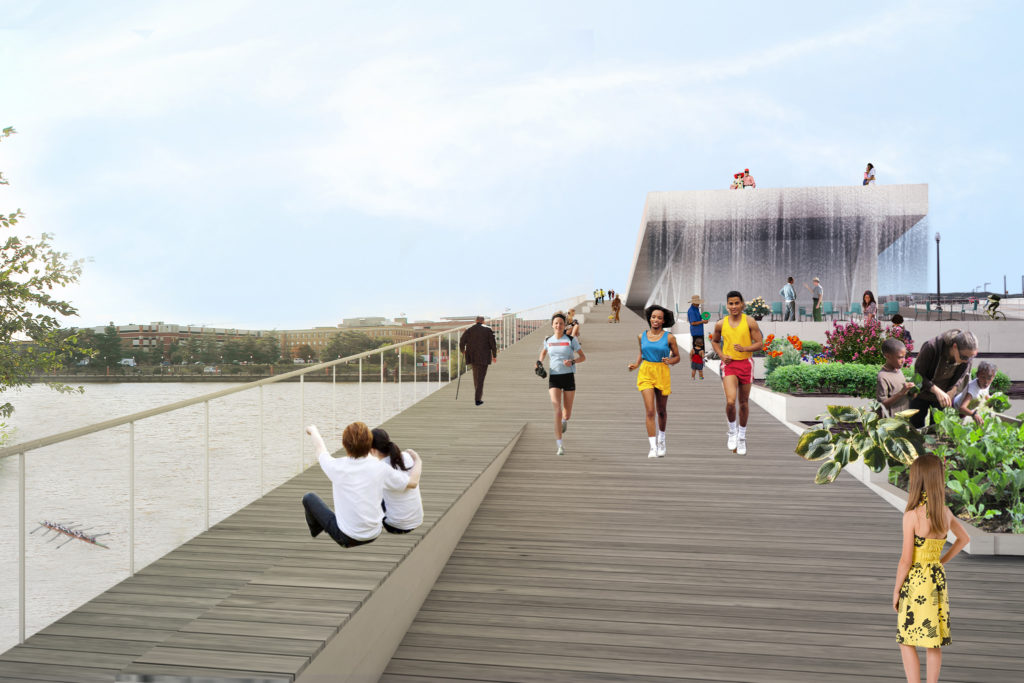
The Bridge Park’s Equitable Development plan originally included goals related to workforce training, affordable housing, and small business preservation, the Bridge Park team officially added cultural strategies to their tactics in 2017 under the direction of then Deputy Director Irfana Jetha Noorani, with specific goals coming from Anacostia-based artists and other community leaders. According to Kratz, the team added cultural strategies because they realized that “if the community loses its sense of place, its sense of home, there are enormous downstream consequences.”
Recently, like so many others, the Bridge Park team has pivoted to address the ramifications of the COVID-19 pandemic, first by setting up a food distribution center at their space in Ward 8 within weeks of the pandemic’s beginning, and more recently by converting their theater into a vaccination center. With their partners Martha’s Table, Bread for the City, and the Far Southeast Family Strengthening Collaborative, the Bridge Park team launched Thrive East of the River, which has become the nation’s largest privately funded unconditional cash transfer program. Nearly 500 families in Ward 8 have received more than $5,000 each with no strings attached, a model that is growing in popularity across the country and being tracked by the Urban Institute. Similarly, many of the approaches first tested by the Bridge Park team have been adopted by similar infrastructure reuse and park projects, paving the way for a new way to collaboratively deliver world class recreational infrastructure while simultaneously supporting the surrounding communities’ social infrastructure.
